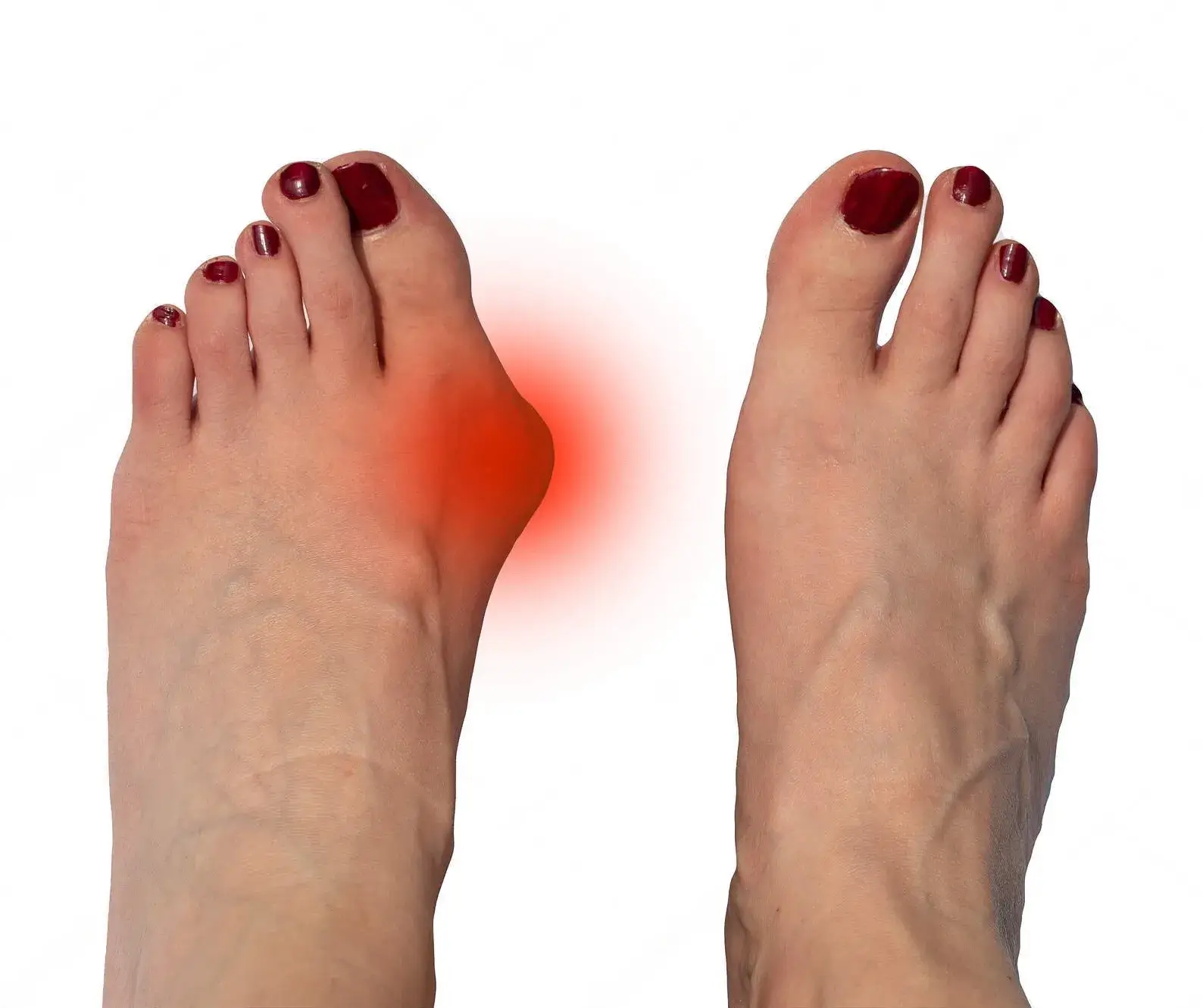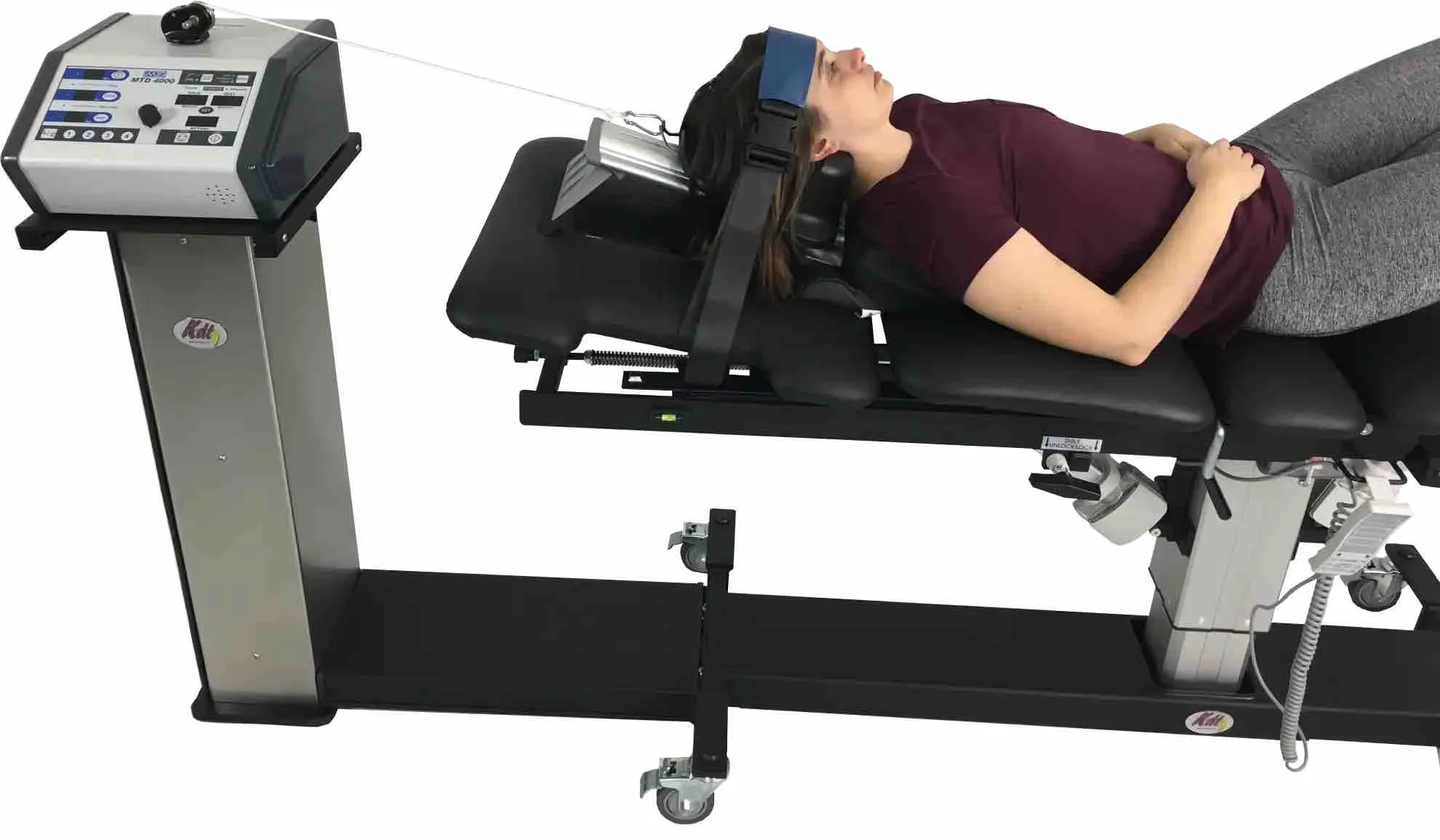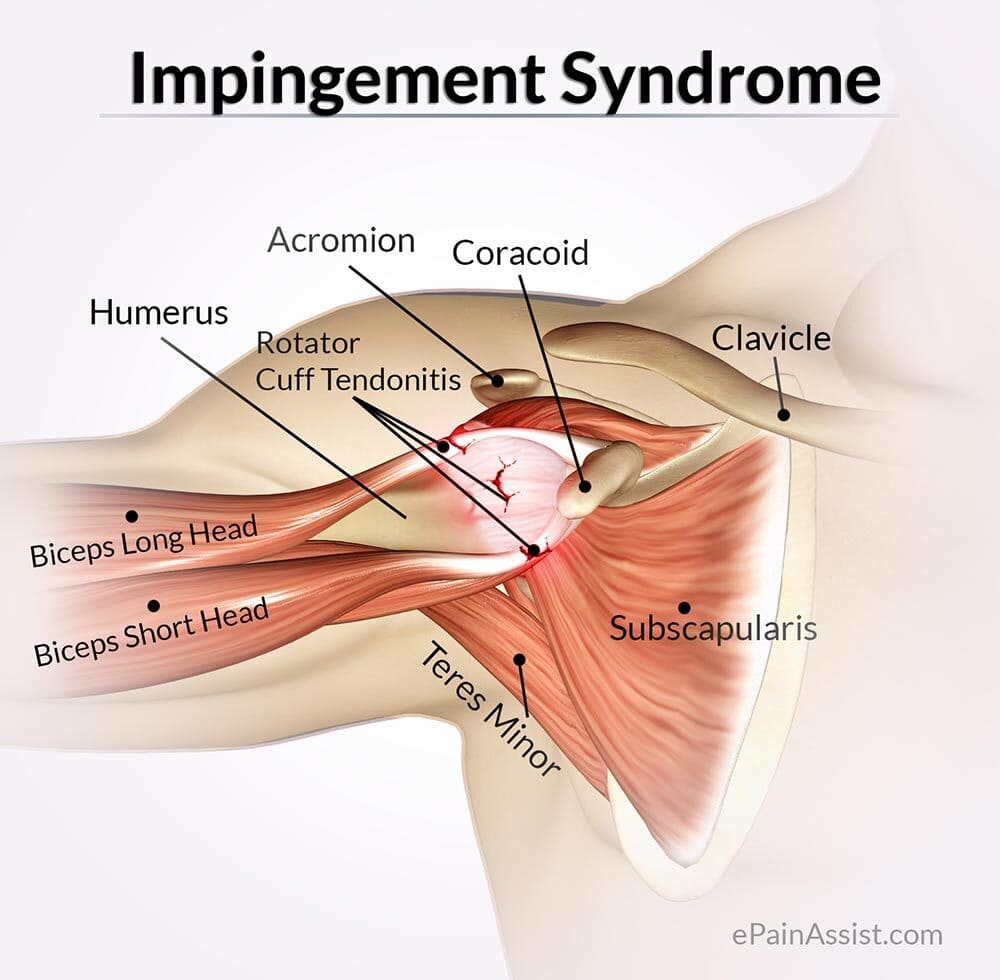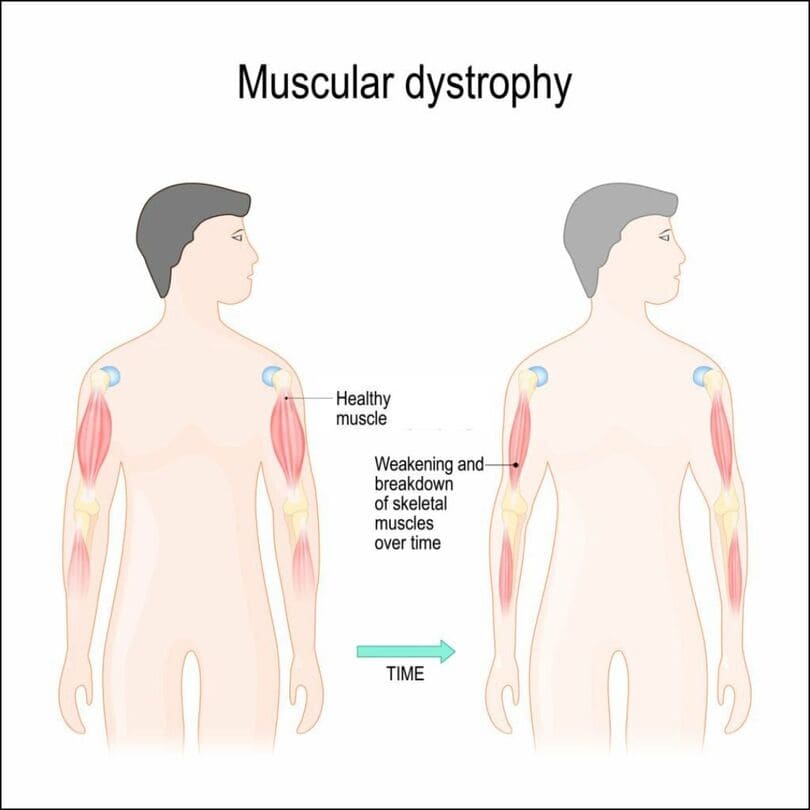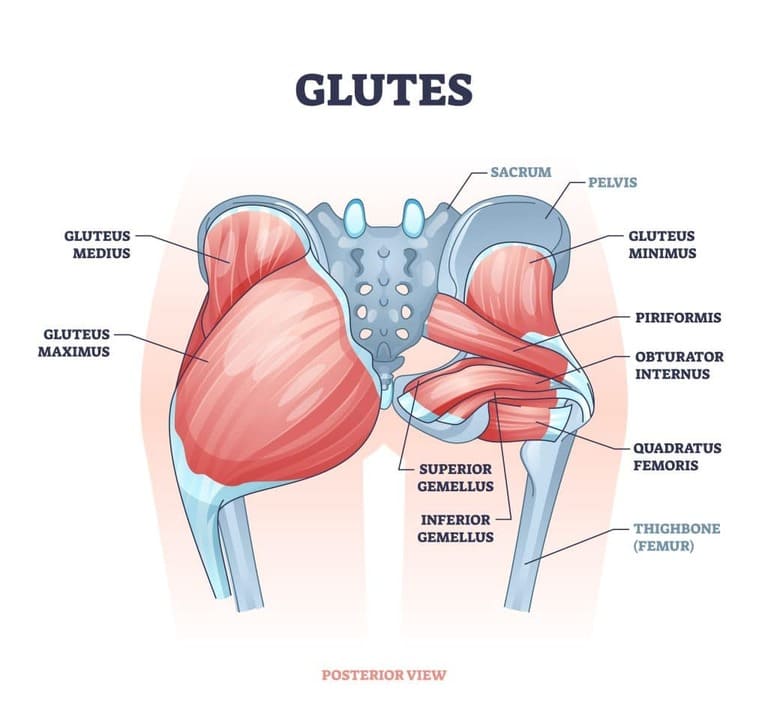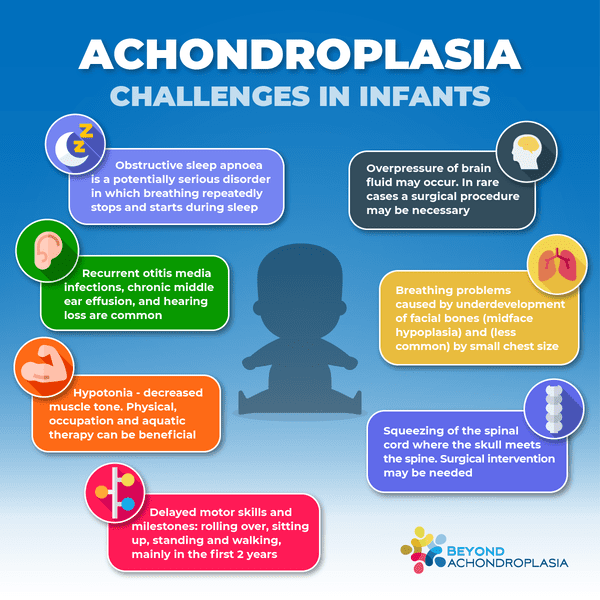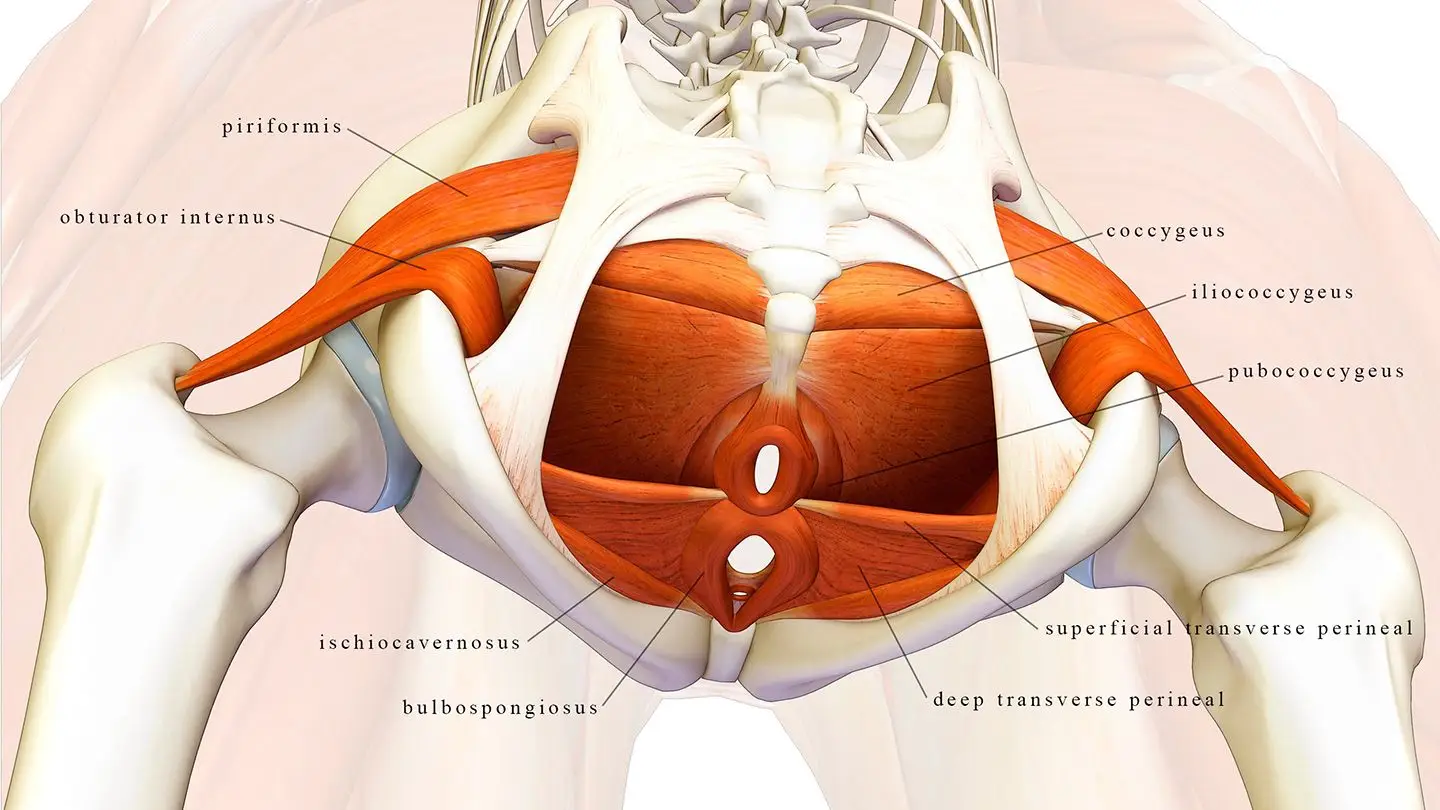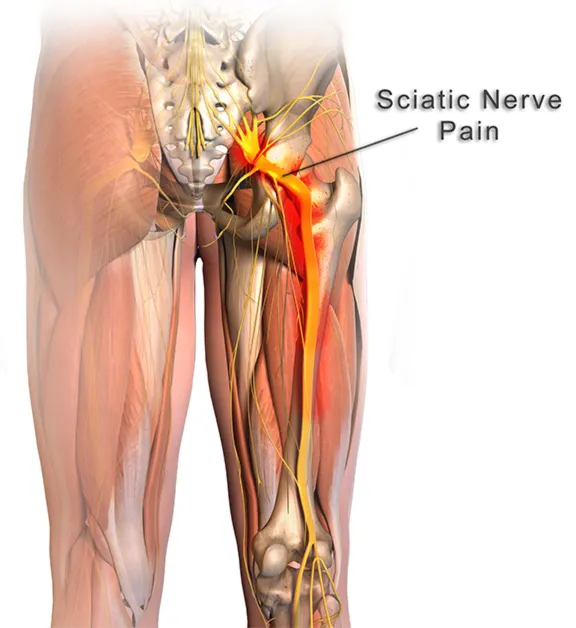
Overview
Ankle injuries, particularly sprains, are among the most common sports-related injuries, especially in activities that involve jumping, twisting, or rapid changes in direction, such as basketball, soccer, tennis, and volleyball. A sprain occurs when the ligaments that support and stabilize the ankle are stretched or torn, often due to a fall, sudden twist, or awkward landing. Sprains are classified into three grades, ranging from mild stretching to complete ligament tears. While many ankle sprains heal with rest and rehabilitation, proper treatment and strengthening exercises are essential to prevent recurrent injuries and maintain joint stability. It’s also important to distinguish between sprains and fractures, as fractures involve broken bones and require longer recovery.
Types, Symptoms, and Causes of Ankle Sprains and Injuries in Sports
Ankle injuries are common in sports, with sprains being the most frequent. Sprains occur when the ligaments that support the ankle are overstretched or torn due to sudden movements or impacts. Ankle sprains are classified into three grades based on the severity of ligament damage:
- Grade 1 (Mild): The ligament fibers are slightly stretched or have a minor tear, causing mild swelling and tenderness.
- Grade 2 (Moderate): The ligament is partially torn, resulting in noticeable swelling, pain, and difficulty moving the ankle.
- Grade 3 (Severe): The ligament is completely torn, leading to significant swelling, pain, and difficulty walking.
Symptoms of a Sprained Ankle:
- Pain, especially when bearing weight on the affected ankle.
- Tenderness to the touch.
- Swelling and bruising.
- Difficulty walking or maintaining balance.
Common Causes of Ankle Sprains:
- Sudden twisting or rolling of the ankle, often due to falling or landing awkwardly after a jump.
- Losing balance or tripping on uneven surfaces.
- Participation in sports that involve rapid changes in direction or movements like twisting, jumping, or rolling the foot, such as basketball, soccer, or tennis.
Additional Causes of Ankle Injuries in Sports:
- Ligament sprains from sudden impacts or movements.
- Fractures caused by direct trauma or excessive force on the ankle.
- Overuse injuries from repetitive stress, common in running or jumping sports.
- Improper footwear that lacks proper support or fit.
- Environmental conditions, such as slippery or uneven playing surfaces, which increase the risk of falls and injuries.
Proper care, including strengthening exercises and using appropriate footwear, is essential to prevent recurrent ankle injuries and ensure a safe return to sports.
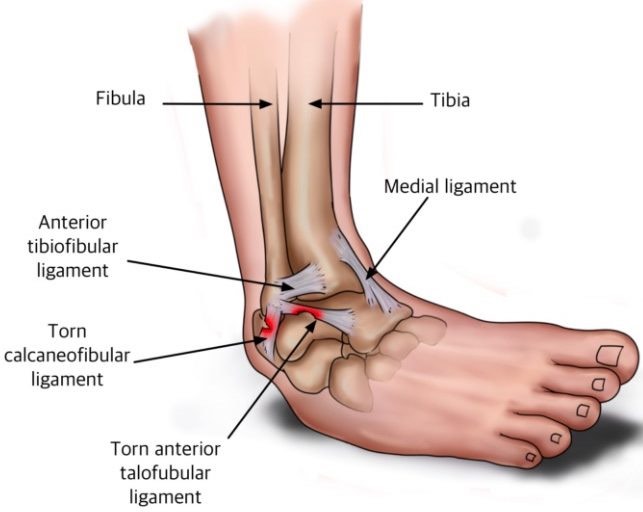
Types, Symptoms, and Causes of Ankle Sprains and Injuries in Sports
Ankle injuries are common in sports, with sprains being the most frequent. Sprains occur when the ligaments that support the ankle are overstretched or torn due to sudden movements or impacts. Ankle sprains are classified into three grades based on the severity of ligament damage:
- Grade 1 (Mild): The ligament fibers are slightly stretched or have a minor tear, causing mild swelling and tenderness.
- Grade 2 (Moderate): The ligament is partially torn, resulting in noticeable swelling, pain, and difficulty moving the ankle.
- Grade 3 (Severe): The ligament is completely torn, leading to significant swelling, pain, and difficulty walking.
Symptoms of a Sprained Ankle:
- Pain, especially when bearing weight on the affected ankle.
- Tenderness to the touch.
- Swelling and bruising.
- Difficulty walking or maintaining balance.
Common Causes of Ankle Sprains:
- Sudden twisting or rolling of the ankle, often due to falling or landing awkwardly after a jump.
- Losing balance or tripping on uneven surfaces.
- Participation in sports that involve rapid changes in direction or movements like twisting, jumping, or rolling the foot, such as basketball, soccer, or tennis.
Additional Causes of Ankle Injuries in Sports:
- Ligament sprains from sudden impacts or movements.
- Fractures caused by direct trauma or excessive force on the ankle.
- Overuse injuries from repetitive stress, common in running or jumping sports.
- Improper footwear that lacks proper support or fit.
- Environmental conditions, such as slippery or uneven playing surfaces, which increase the risk of falls and injuries.
Proper care, including strengthening exercises and using appropriate footwear, is essential to prevent recurrent ankle injuries and ensure a safe return to sports.
Management and Treatment of Ankle Injuries
Initial Treatment (PRICE Method):
For the first 24-48 hours after an ankle sprain, the PRICE method is recommended to reduce swelling and promote healing:
- Protection: Use crutches, splints, or braces to avoid stressing the injured ankle.
- Rest: Limit physical activity to prevent further damage.
- Ice: Apply ice for 20-minute intervals to reduce swelling.
- Compression: Wrap the ankle in an elastic bandage to control swelling.
- Elevation: Keep the ankle raised above heart level to minimize swelling.
Medications:
Anti-inflammatory drugs like ibuprofen can help reduce pain and swelling.
Physiotherapy:
- Range of Motion Exercises: Gradually introduce exercises to regain flexibility.
- Strengthening Exercises: Focus on building the muscles around the ankle.
- Balance and Proprioception Training: Improve coordination to reduce the risk of future injuries.
- Functional Rehabilitation: Sports-specific exercises to prepare athletes for safe return to play.
Osteopathy:
- Manual Techniques: Osteopathic practitioners use hands-on techniques to manipulate the ankle joint and surrounding tissues, enhancing healing.
- Whole-Body Approach: Osteopaths consider the interconnectedness of the body and address any underlying issues contributing to the injury.
Surgery:
In severe cases where ligaments or bones are significantly damaged, surgery may be necessary to repair the injury.
Bracing and Taping:
Braces or taping techniques provide additional support during recovery and future sports activities.
Prevention of Ankle Injuries in Sports
To prevent future ankle injuries, athletes can take several steps:
- Wear Proper Footwear: Ensure sports-specific shoes with good ankle support.
- Conditioning and Strength Training: Keep the muscles and ligaments around the ankle strong.
- Warm-Up Exercises: Always warm up before activities to prepare the ankle and surrounding muscles.
- Balance Training: Incorporate exercises to enhance balance and proprioception, reducing the risk of injury.
Recovery and Prognosis
Most ankle sprains heal on their own, but rehabilitation exercises are key to rebuilding strength and preventing future injuries. The recovery time varies depending on the severity:
- Minor sprains can heal within 2 weeks.
- Moderate to severe sprains may take 6 to 12 weeks.
If symptoms persist or worsen after 48 hours, or if you experience difficulty walking, it’s essential to consult a healthcare provider.
Conclusion
Ankle injuries are common in sports, but with prompt and effective treatment, athletes can recover and return to their activities. Whether through physiotherapy, osteopathy, or preventive measures, a holistic approach to healing ensures a swift recovery and reduces the risk of future injuries.



